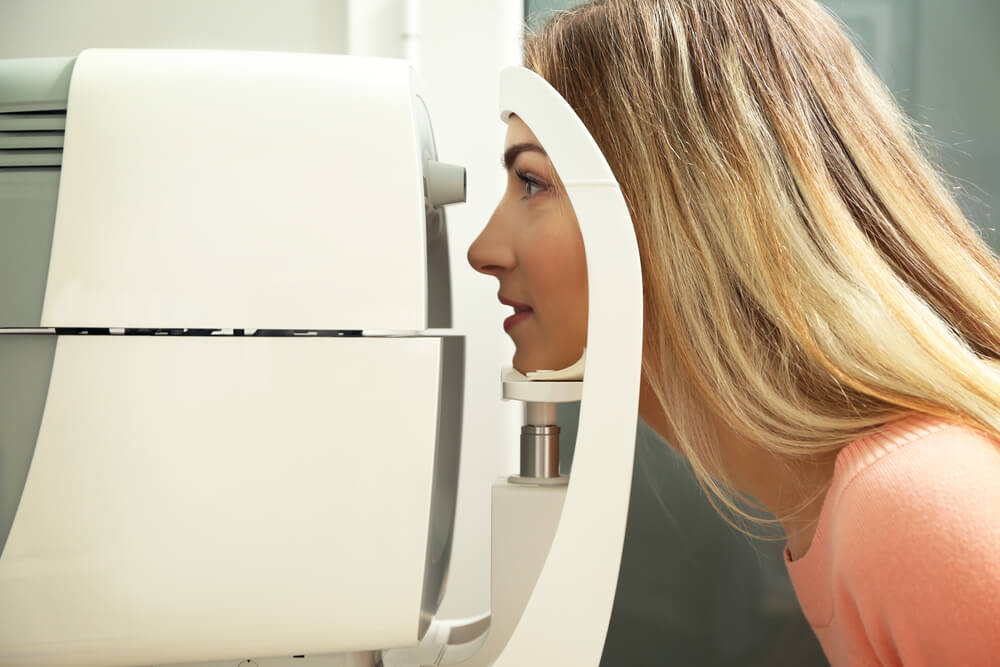TYPES
These are the types of eye pressure measurement or tonometry:
There are various methods for eye pressure measurement. One of these is the painless way, known as “applanation tonometry.” It is also known as the standard gold measurement for eye pressure that most ophthalmologists use.
In this method, the eyes have anesthetizing drops to perform the procedure efficiently. Furthermore, a small quantity of harmless dye is put in the eye. Your eye doctor will guide you to your head position within a machine known as a slit lamp. Afterward, a little point softly touches the area of your eye, and the eye pressure is performed and measured. It is estimated depending on the strength needed to flatten a stable sector of the cornea smoothly.
Pneumotonometry is a measurement procedure used in deformed corneas but can still be used as part of procedure application. In the event, anesthetizing drops can also be applied.
Rebound tonometry is one of the procedures in measuring eye pressure. A tiny plastic tip is examined softly into the cornea. Anesthetizing drops are not needed for this type of measurement, and there are machines that can be used at home.
It is an easy and moveable tool to use with patients or youngsters who cannot follow the typical eye pressure measurement process.
Air-puff or non-contact tonometry is a type of eye pressure measurement that applies a quick air throb to flatten the cornea. Even though there is some debate about its validity, current tools have been indicated to agree with air-puff tonometry.
Other Types of Tonometry
Additionally, there are other types of eye pressure measurements you may come across, and the latest procedures out there. It is essential that you must see an eye professional at least 4 to 5 times a year when you have increased eye pressure. Indicated eye pressure differs day by day, and eye pressure alterations can be dangerous.


